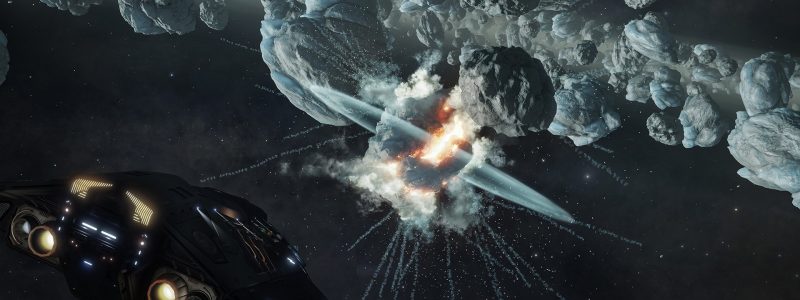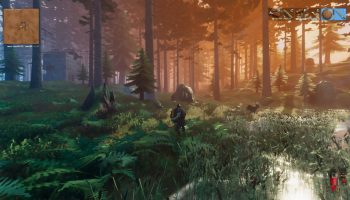These tweaks are actually really old, I'd used them previously in Horizons in like 2018 or something and only just now trawled around on here and in the forums to find them again and re-implement them into Odyssey config xml files – and found them to be working great with no hit!
The following should only be implemented if you have a decent newer card with 8GB+ VRAM – and note my setup is only 2560×1080 with 75hz monitor, RX 6800 card – If you drive ED at 4K and are already struggling maybe these will not be any benefit for you.
I'm currently exploring Sgr A* so I have not checked these with settlements etc., but I can confirm they cause no FPS hits for me during ship and on foot exploring gameplay and see a huge improvement to the milkyway skybox, planet texture quality and anecdotally so far see far less terrain LOD morphing on surfaces either on approach or driving/flying low over the surface. This for me is huge as I am currently in exploration mode.
Please try them out and let me know if they have been any use to you. If you have any others let me know too – my aim here was not to push anything to a ridiculous extent. Just improve the fidelity in areas I know have no FPS issues for me, I get a steady 75FPS in all exploration gameplay.
In my GraphicsConfigurationOverride.xml file I have these overrides (I also make the same changes in the main GraphicsConfiguration.xml file to the relevant sections (because one or more of the overrides need to be in there — particularly the GalaxyMap ones I think). Make backup copies named .old of your existing files just in case.
I have modified these setting to be triggered when the graphics options are set to max (high/ultra depending on the setting)
<?xml version="1.0" encoding="UTF-8" ?>
<GraphicsConfig>
<GalaxyMap>
<High>
<LocalisationName>$QUALITY_HIGH;</LocalisationName>
<NebulasCount>100</NebulasCount>
<NebulasInBackgroundCount>100</NebulasInBackgroundCount>
<LowResNebulasCount>50</LowResNebulasCount>
<HighResNebulasCount>10</HighResNebulasCount>
<LowResNebulaDimensions>64</LowResNebulaDimensions>
<HighResNebulaDimensions>256</HighResNebulaDimensions>
<LowResSamplesCount>276</LowResSamplesCount>
<HighResSamplesCount>552</HighResSamplesCount>
<MilkyWayInstancesCount>16000</MilkyWayInstancesCount>
<LocalDustBrightness>0.05</LocalDustBrightness>
<MilkywayInstancesBrightness>1.0</MilkywayInstancesBrightness>
<MilkywayInstancesSize>1.0</MilkywayInstancesSize>
<MilkyWayInstancesOffscreenRTEnabled>false</MilkyWayInstancesOffscreenRTEnabled>
<StarInstanceCount>5000</StarInstanceCount>
</High>
</GalaxyMap>
<GalaxyBackground>
<High>
<LocalisationName>$QUALITY_HIGH;</LocalisationName>
<TextureSize>4096</TextureSize>
</High>
</GalaxyBackground>
<Planets>
<Ultra>
<LocalisationName>$QUALITY_ULTRA;</LocalisationName>
<TextureSize>4096</TextureSize>
<AtmosphereSteps>6</AtmosphereSteps>
<CloudsEnabled>true</CloudsEnabled>
<WorkPerFrame>328</WorkPerFrame>
<TexturePoolBudget>100</TexturePoolBudget>
</Ultra>
</Planets>
<Envmap>
<High>
<LocalisationName>$QUALITY_HIGH;</LocalisationName>
<TextureSize>512</TextureSize>
<NumMips>16</NumMips>
</High>
</Envmap>
</GraphicsConfig>
It would seem to me that a lot of the graphics settings do not take into any consideration the capabilities of cards that have been available in the last few years. The xml config files values probably have not been changed since 2016 (apart from the small section of Ultra+ settings added a few months ago.
EXAMPLES
note that I am at the galactic core so your view of the milkyway will likely not be as cloudy but you should see this sort of level of detail.






